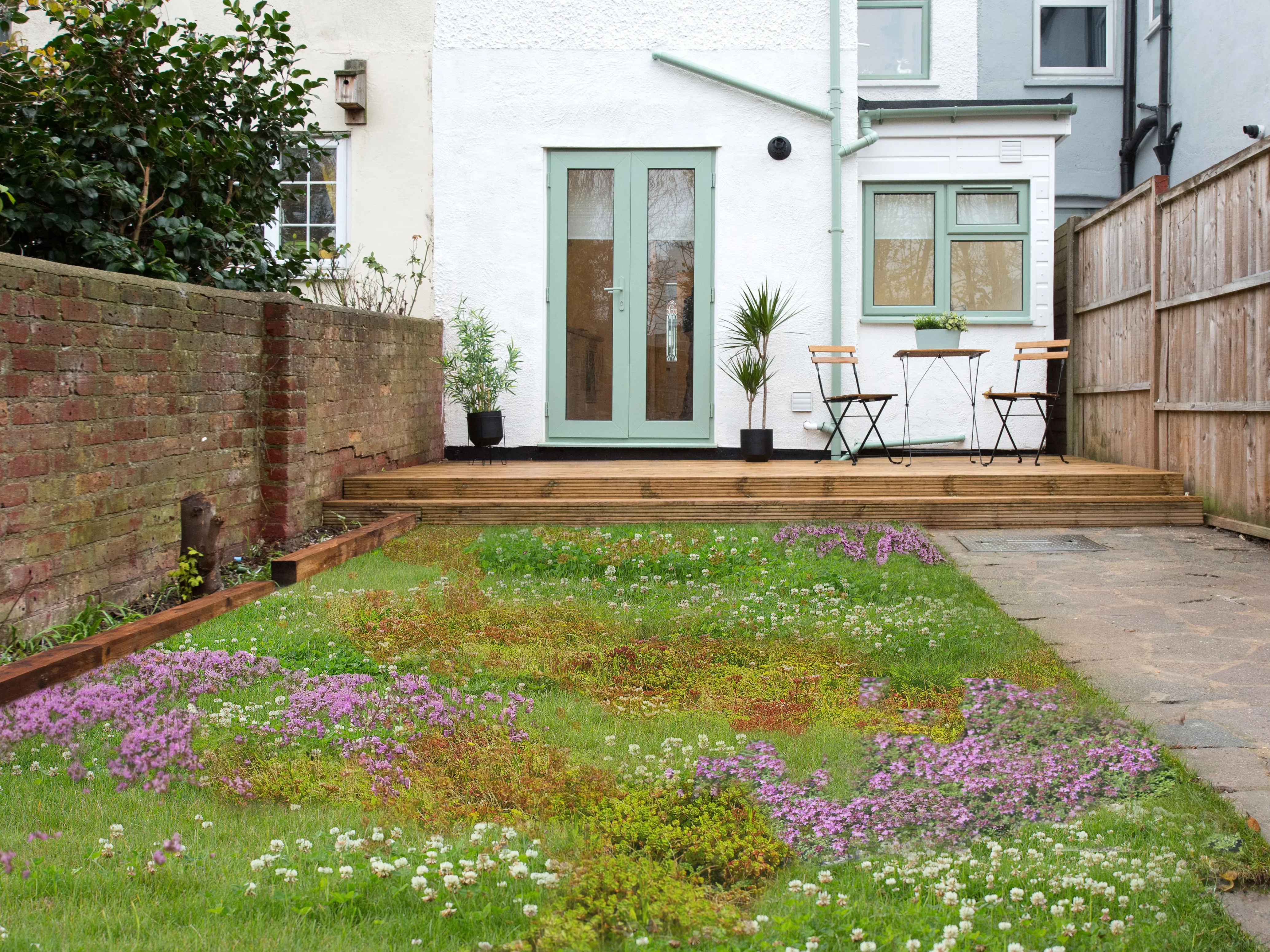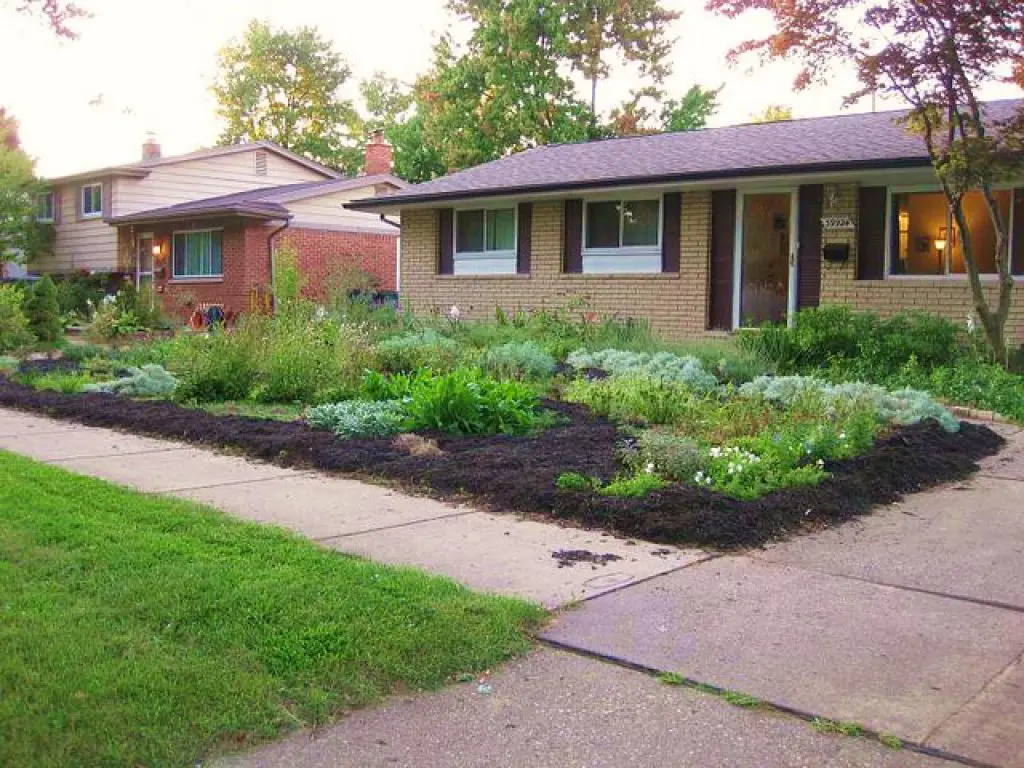Lawns; What Are They Good For?
- Develop The West

- Jun 5, 2023
- 3 min read
From the Gardens Of Versalles to the cottages of West Louisville; lawns are everywhere. In fact, over 80% of US renters and homeowners say they have a lawn with 79% saying a lawn is an important feature to a home according to loveyourlandscape.org. But what affect do lawns have on our environment and our urban spaces?

The history of lawns as a feature of American home building isn't new; in fact, lawns themselves aren't new. During the 1700s, the very wealthy and rich often had lawns and gardens complementing their vast estates. Royalty also had access to private lawns. Think those of Buckingham Palace in London or Schönbrunn Palace in Vienna. As time has marched forward, when the middle class of America was able to afford upkeep and maintenance; lawns grew into American culture. Home build in the early 20th century in American cities had small kept lawns out front and back which was often a result of setbacks required by city zoning regulations. it truly wasn't until the 1950s-60s we see the rise of suburbia and the great American lawn. Nowadays, lawns are as common as houses themselves.

The idea of a well-kept suburban lawn isn't new, but the affects soon will be. Over 40 million acres of land are covered by lawns in the US as stated by an article from Princeton University. All This lawn space needs to be kept and maintained which is probably why 800 million gallons of gasoline are used solely for lawn maintenance products such as leaf blowers, lawn movers, weed wackers and more. Several studies have shown that a standard leaf blower can release more hydrocarbons than a sedan or a pick-up truck. Most with lawns don't take This into account, but our policy makers do. In 2017, the California Air Resources Board reported that “By 2020, gas-powered leaf blowers, lawn mowers, and similar equipment in the state could produce more ozone pollution than all the millions of cars in California combined.”
While lawn equipment may be detrimental to the environment, lawns pose yet another threat; water waste. According to Columbia University, 30-60% of urban fresh water is used on lawns. Keep in mind; This is during a looming water crisis in some parts of the nation. In the city of Phoenix AZ, the state has determined that there simply isn't enough ground water to warrant new constructions and many new developments have been put on a halt as a result. An article from the Washington Post states that "There is not enough groundwater underneath the Phoenix metropolitan area to meet projected demands over the next century" All of this and many still don't see the waste their lawns cause. The city of Phoenix has over 200 golf courses all using precious water to keep manicured lawns green and bright for visitors.

As it's probably not a surprise, lawns have more harsh affects on our local and regional environments and cities. Let's take a look at how lawns diminish biodiversity. From an article by the World Economic Forum; "biodiversity loss and ecosystem collapse came within the top 10 lists of risks in terms of both Likelihood and Impact, making it one of the biggest threats facing humankind today." What's so important about biodiversity in the first place? Human health ultimately depends upon ecosystem products and services (such as availability of fresh water, food and fuel sources) which are requisite for good human health and productive livelihoods according to the World Health Organization. Without biodiversity, human are not only killing our ecosystems, but killing ourselves. When we plant a singular species and remove all local species, (often considered weeds), we entirely remove the biodiversity of a given environment and the species which rely on it to survive.
Lawns are detrimental to our environments and our cities and their water supplies, their resources, and their air. But whats the solution? Try a different type of lawn. A growing trend in US cities and it's called "bio-lawns". Bio-lawns incorporate local species with landscaping to create a stunning look which not only has to be watered less but have far less maintenance work than a regular grass lawns. Below are pictures of bio-lawns and This Link will take you a guide on how you can start your own!
.png)





















Comments